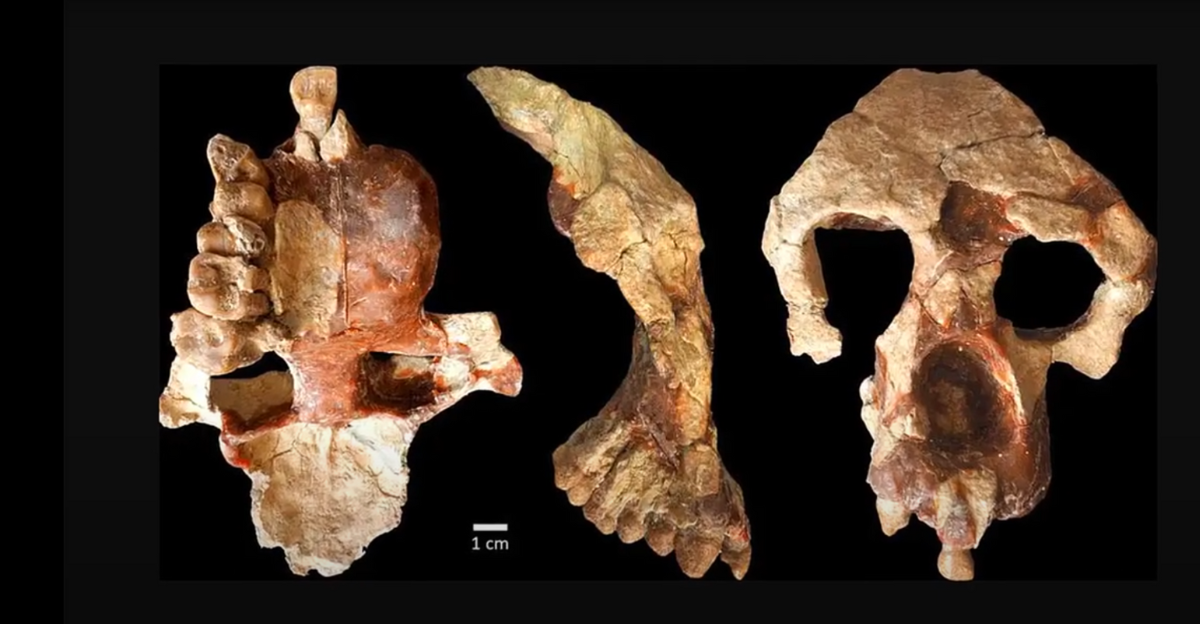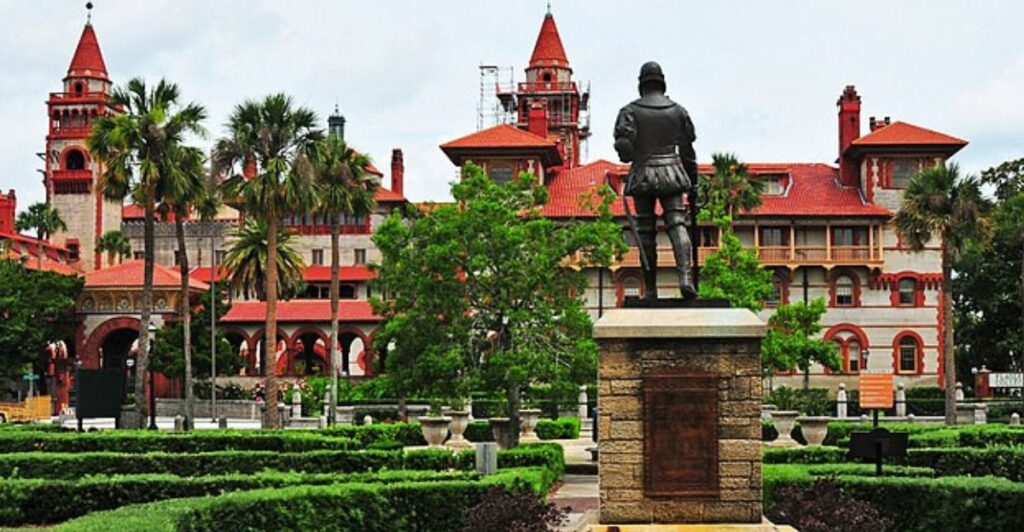
St. Augustine, Florida, is the oldest city in the United States. It was founded in 1565 by Spanish explorer Don Pedro Menéndez de Avilés. The city has a rich history that predates the founding of America by over 200 years. With its cobblestone streets and historic architecture, St. Augustine has a lot of historical significance, making it a popular tourist destination.
Historical Significance
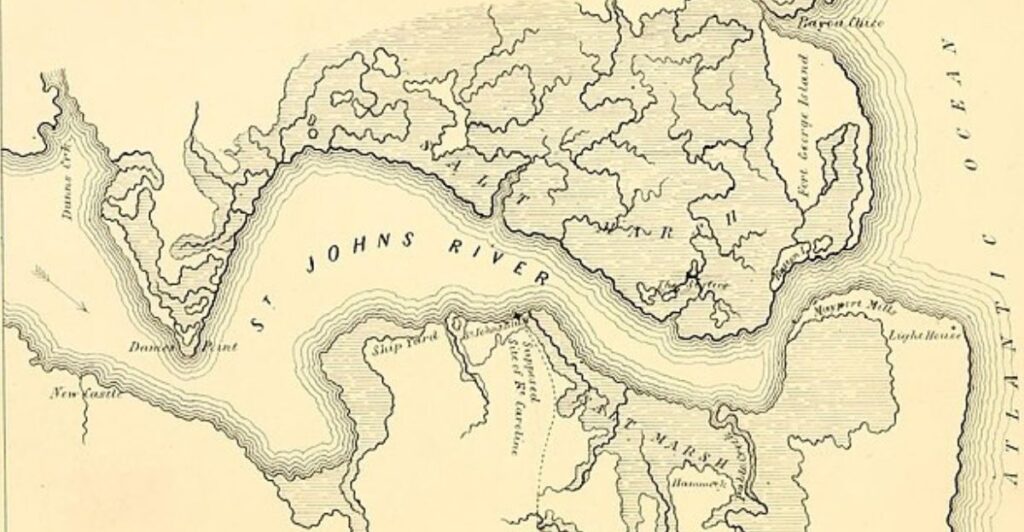
Established on September 8, 1565, St. Augustine is recognized as the longest continuously inhabited European-founded settlement in the continental United States. It originally served as a military outpost to protect Spanish interests and drive out French settlers. This strategic importance shaped its early development and laid the foundation for its historical significance in American history.
The Founding of St. Augustine
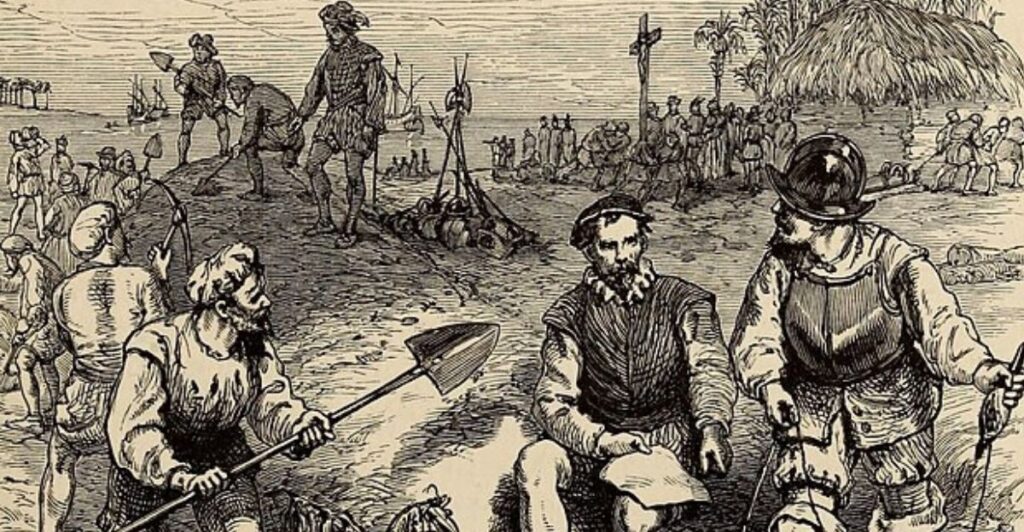
Don Pedro Menéndez de Avilés arrived on Florida’s coast with a mission from King Philip II of Spain. He named the settlement after St. Augustine of Hippo, as his landing coincided with the saint’s feast day. The city was a base for the region’s Spanish colonization efforts and Catholic missionary activities.
Early Conflicts

St. Augustine had challenges during its early years, including attacks from English pirates and rival European powers. In 1586, Sir Francis Drake led a raid that significantly destroyed the settlement. These conflicts prompted the construction of defensive structures, including the Castillo de San Marcos fortress.
Castillo de San Marcos
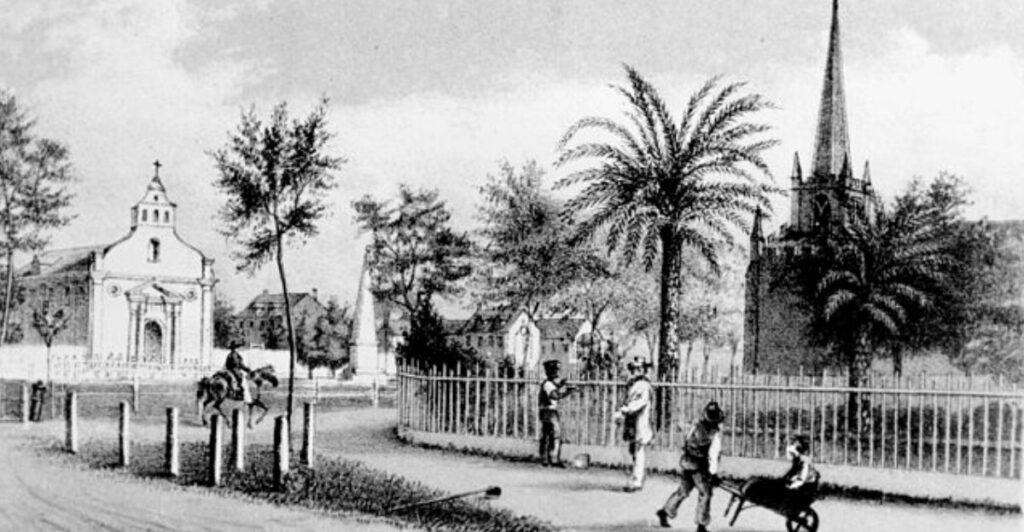
The Castillo de San Marcos is a key historical landmark that started construction in 1672. It served as a military fortress protecting the city from invasions. Today, it’s a national monument that attracts visitors interested in its history and architecture.
Transition to British Control
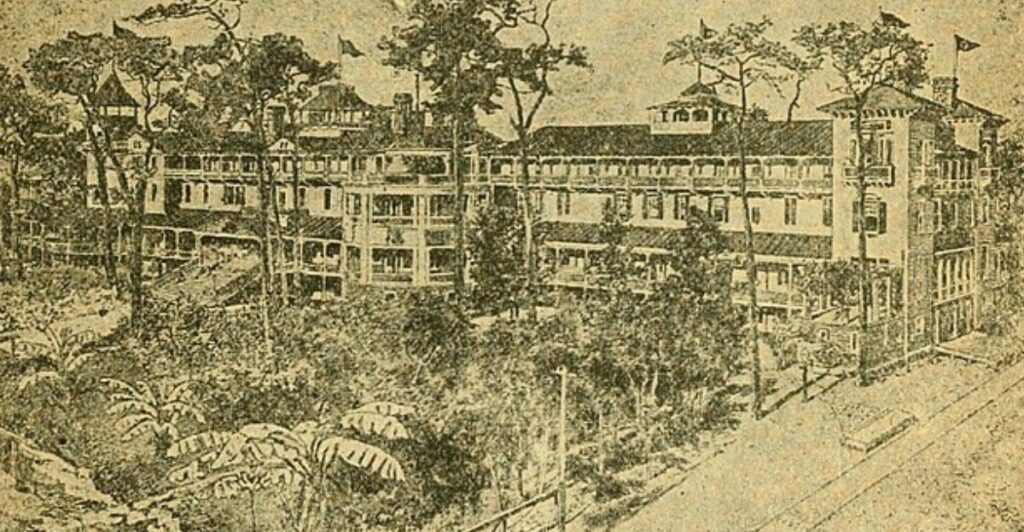
St. Augustine was put under British control following the signing of the First Treaty of Paris in 1763. New governance was introduced while maintaining many Spanish traditions. The city continued to thrive as an important military outpost during this time.
Return to Spanish Rule

The Second Spanish Period began in 1783 when Florida was returned to Spain after the American Revolutionary War. This era saw further development of St. Augustine’s infrastructure and culture, blending Spanish traditions with emerging American influences as settlers moved into the region.
American Acquisition
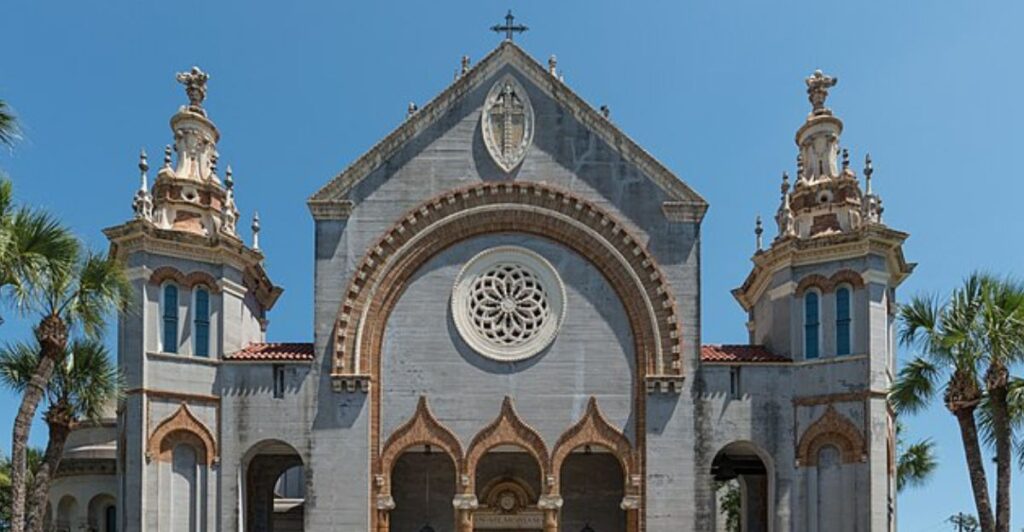
The United States acquired Florida through the Adams-Onís Treaty in 1819, which took effect in 1821. St. Augustine became part of the growing nation during this time of expansion. The city adapted to its new identity while preserving its rich historical heritage.
Cultural Heritage
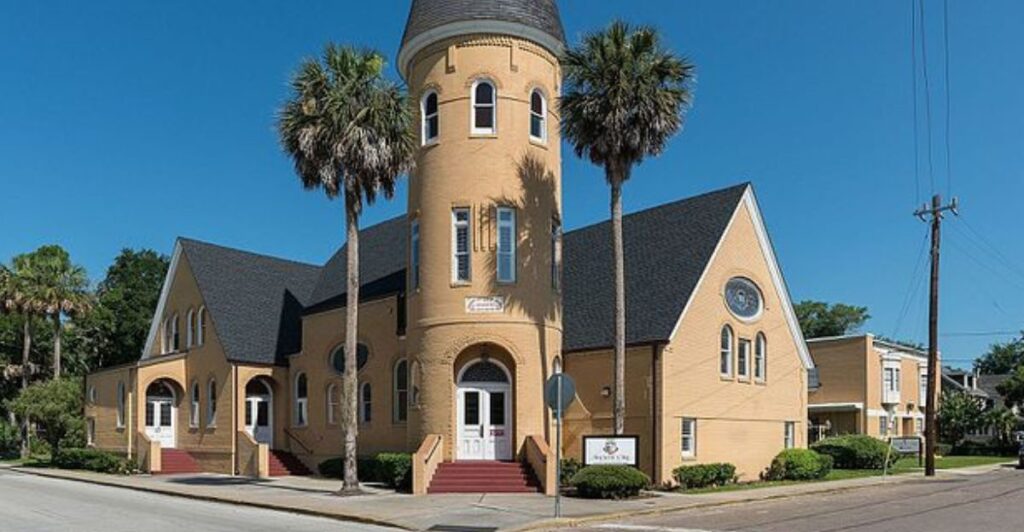
St. Augustine is renowned for its unique blend of Spanish colonial architecture and American history. Visitors can explore historic sites such as the Cathedral Basilica of St. Augustine and various museums that showcase artifacts from different periods of its past, reflecting its diverse cultural heritage.
Tourism Today
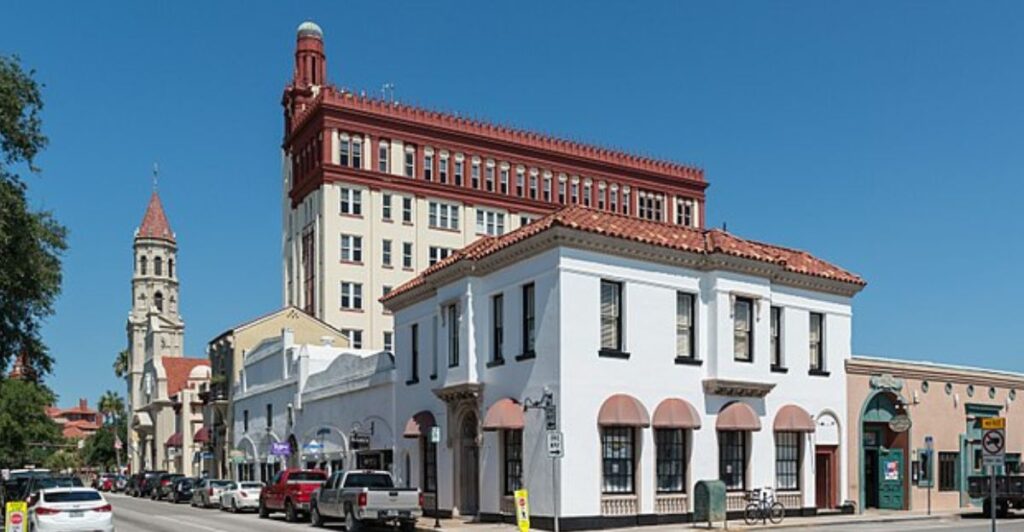
Today, St. Augustine attracts millions of visitors annually who experience its historic charm and scenic beauty. Tourists enjoy exploring landmarks like Flagler College and the Lightner Museum while indulging in local cuisine and shopping along St. George Street.
Festivals and Events
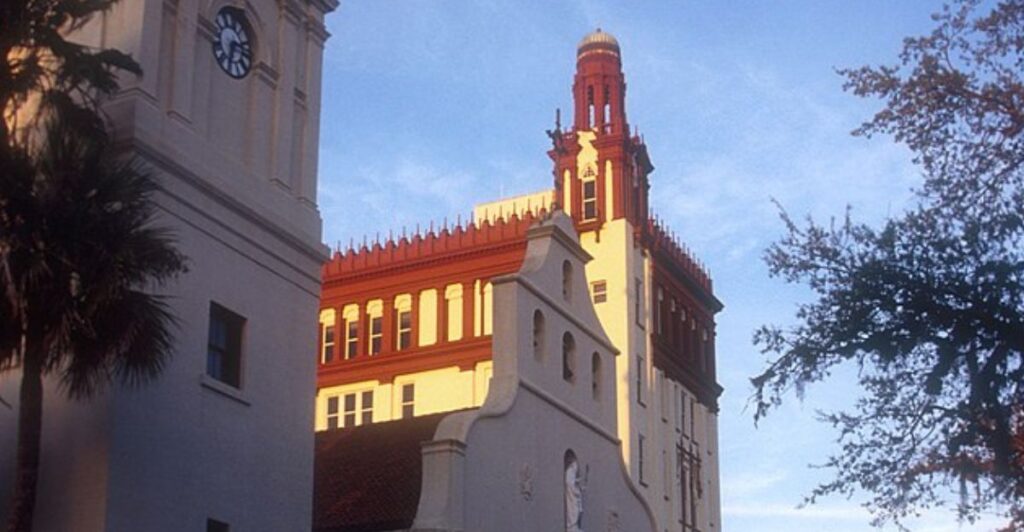
St. Augustine hosts numerous festivals throughout the year to celebrate its rich history and culture. Events such as the Nights of Lights during the holiday season transform the city into a winter wonderland, showcasing its festive spirit while honoring its historical roots.
Educational Opportunities
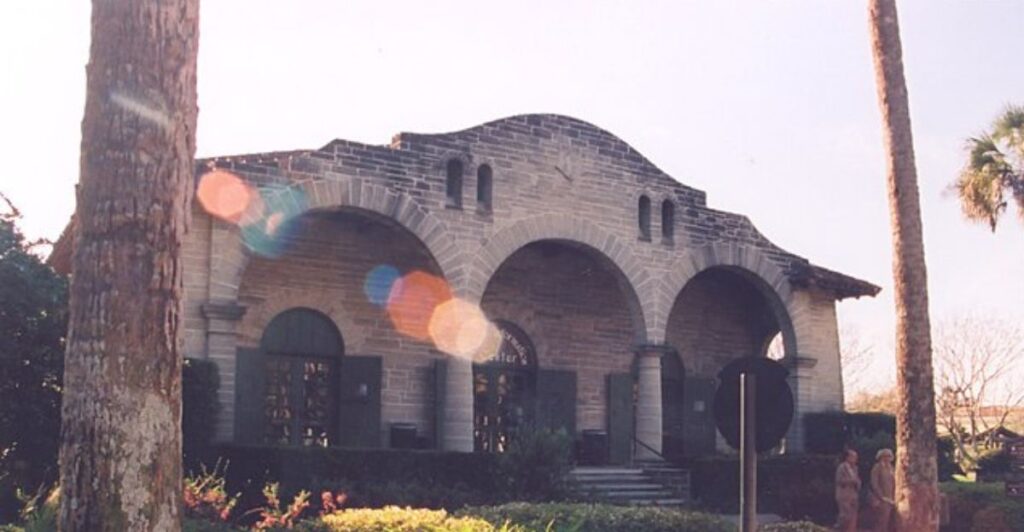
The city’s historical significance also provides educational opportunities for students and researchers. Guided tours offer insights into St. Augustine’s past, while local institutions promote awareness about its role in American history through various programs and exhibits.
A Living Testament
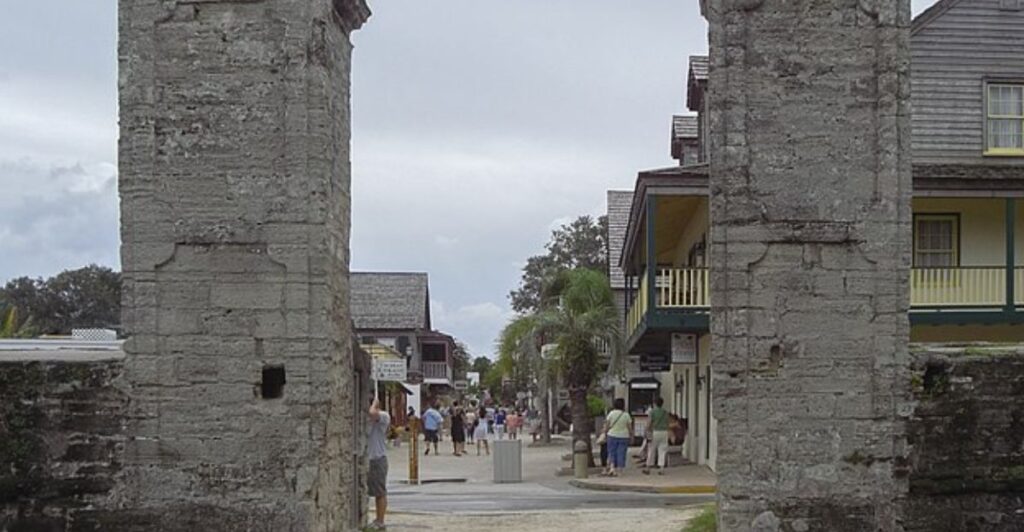
St. Augustine is a living testament to America’s colonial past, making it an essential destination for anyone interested in history. Its status as the oldest city in the U.S., combined with its vibrant culture and beautiful landscapes, ensures that it remains a cherished part of America’s heritage for generations to come.
Sources:
External Link 1
External Link 2
External Link 3
External Link 4




